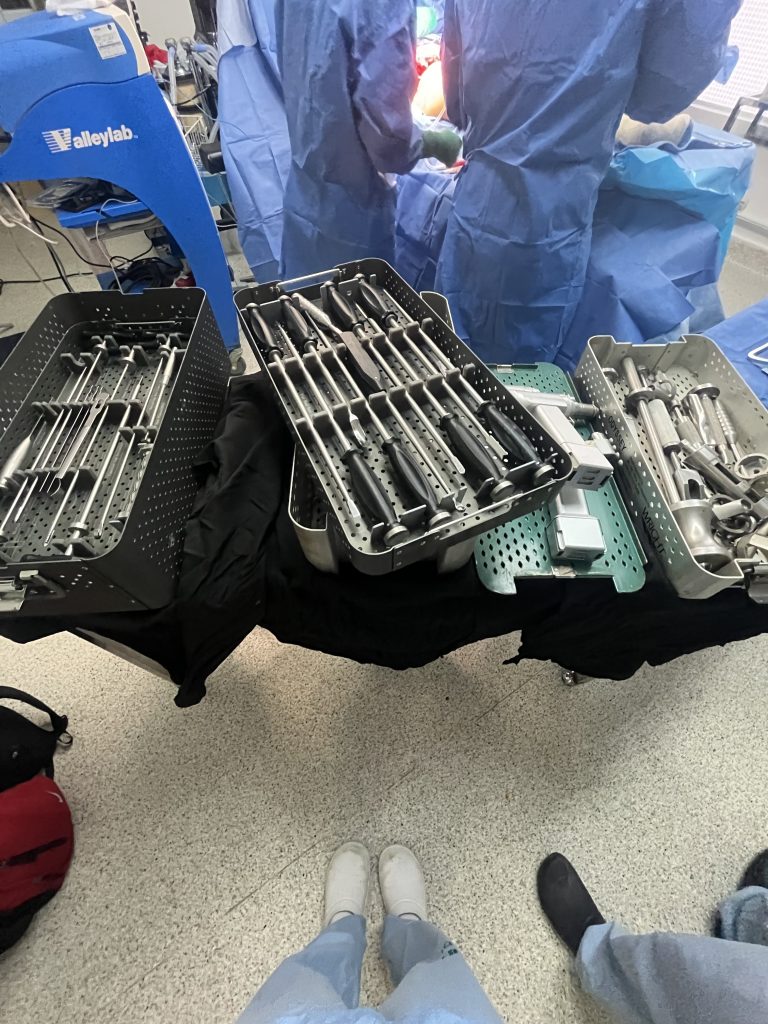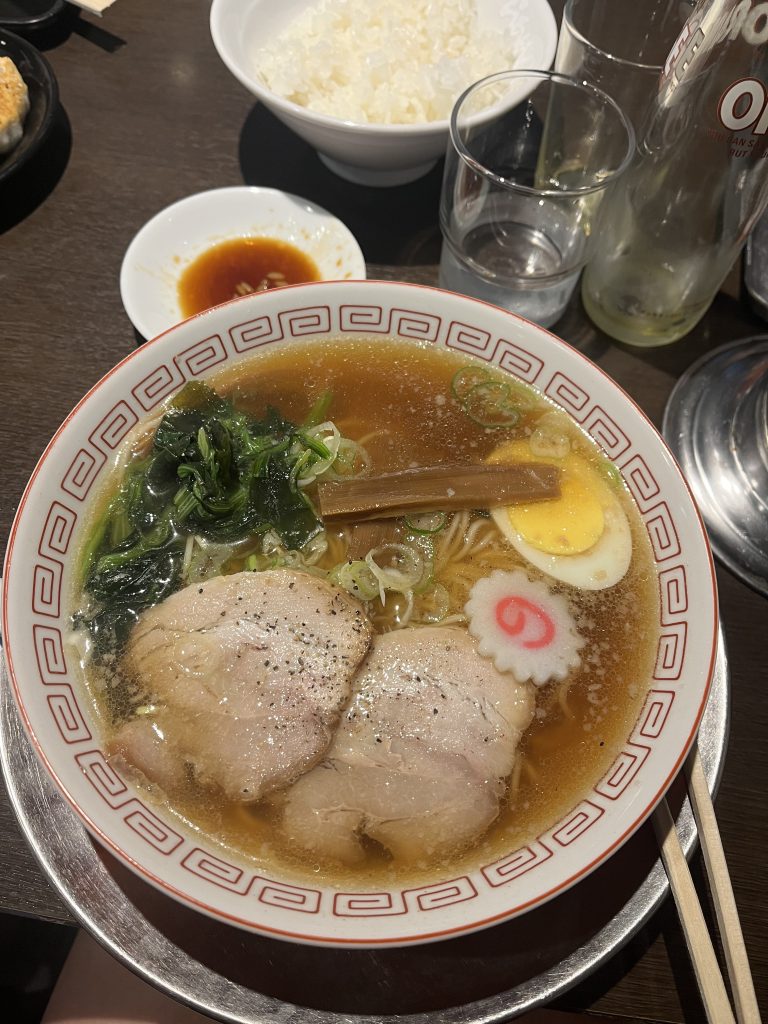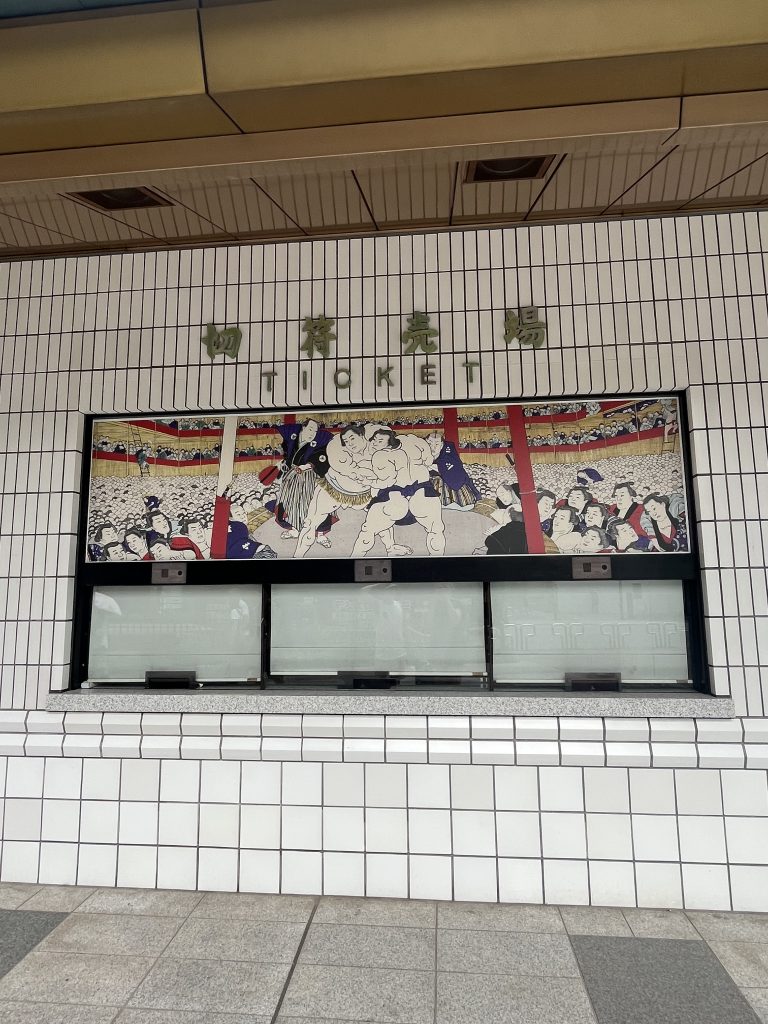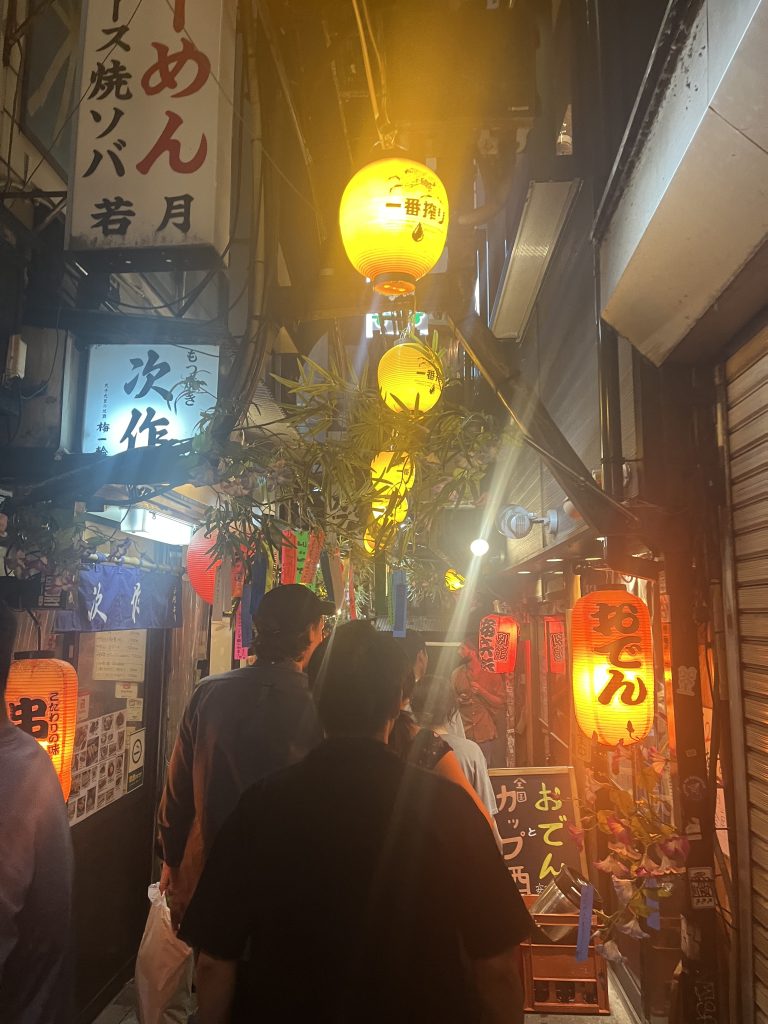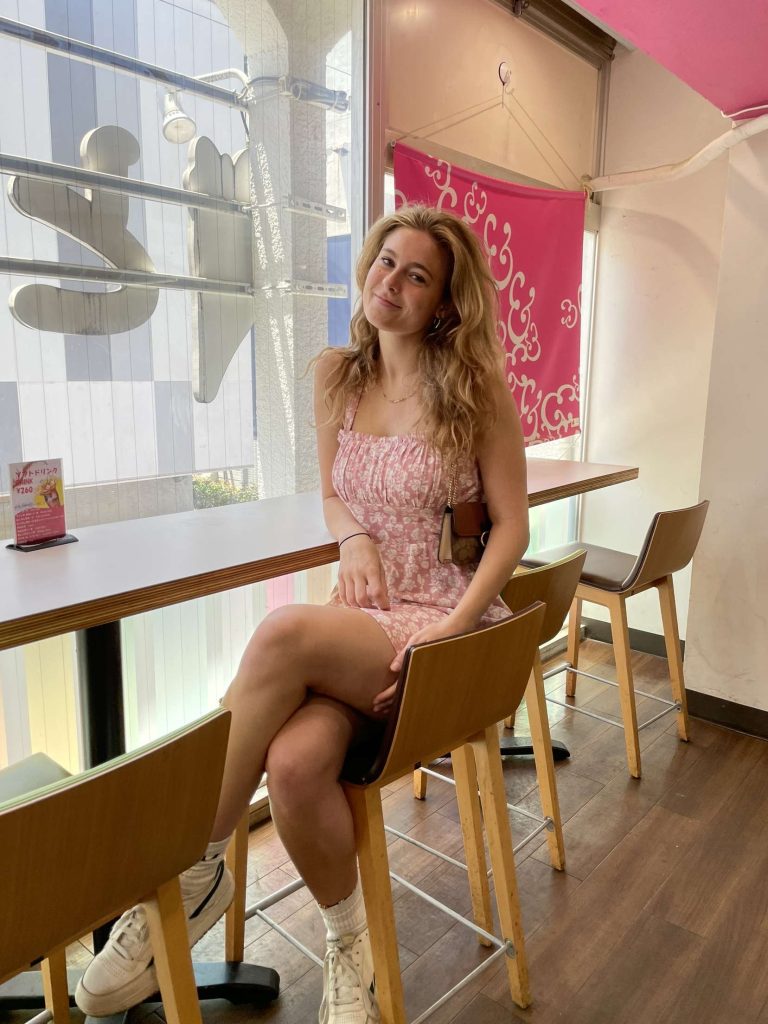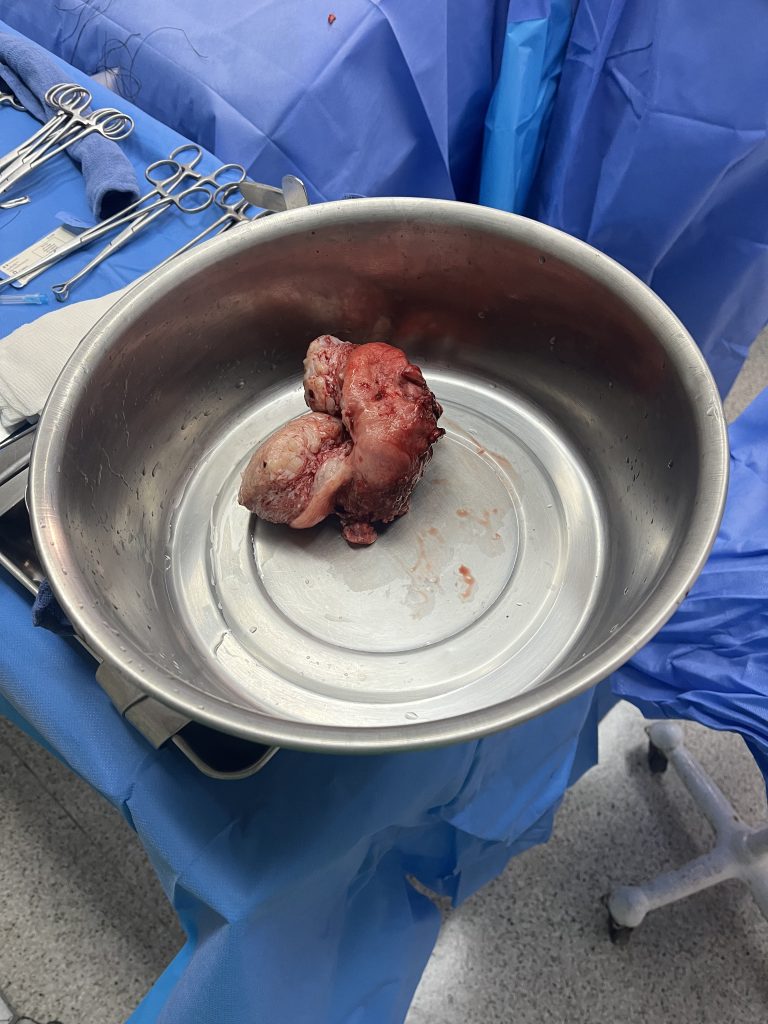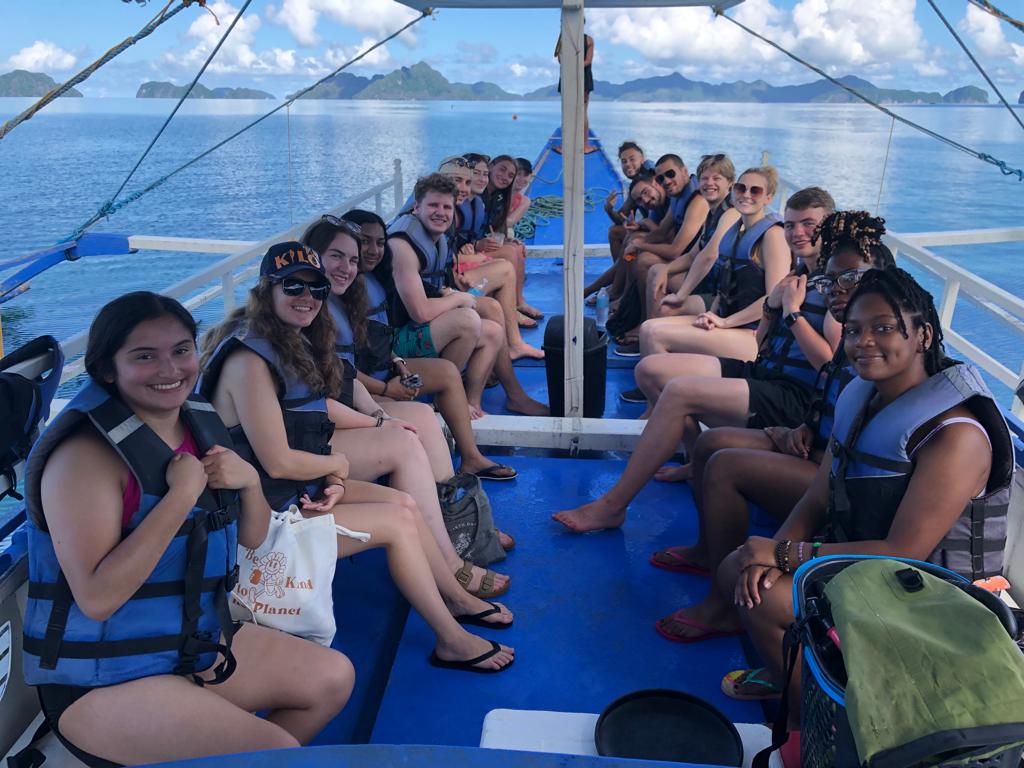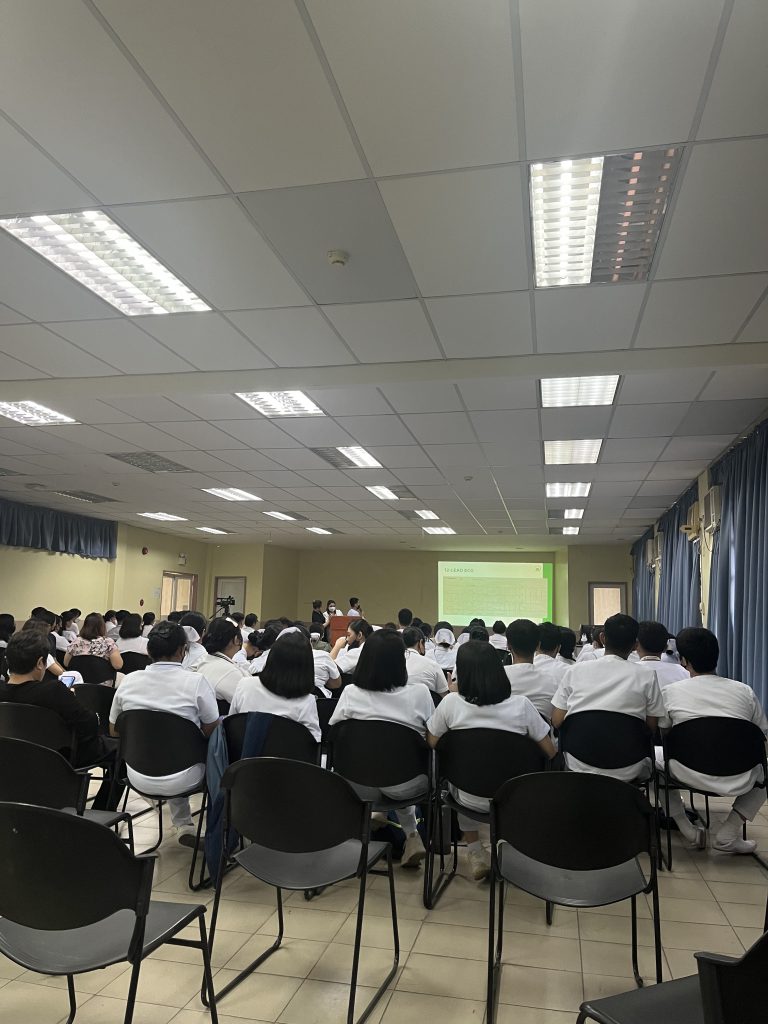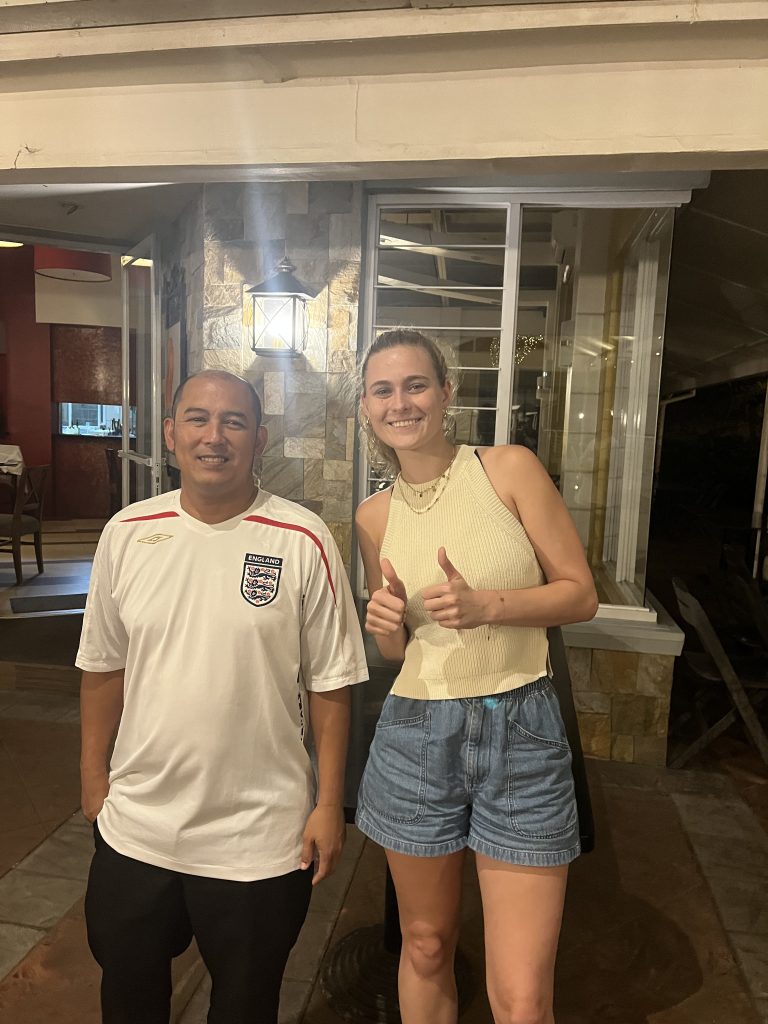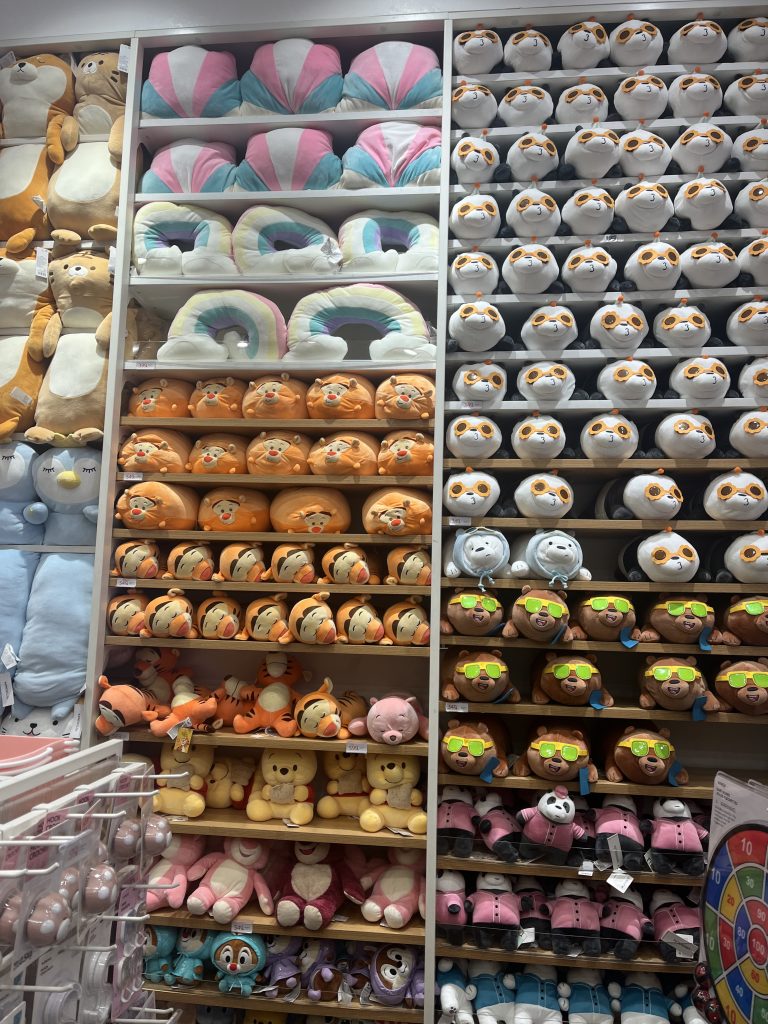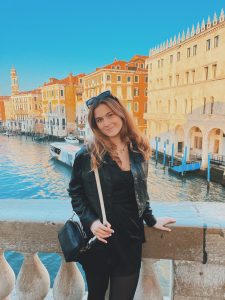Hello Everyone!
This week was a short work week because we spend Monday, and Tuesday in Japan! But, after that, we spent the rest of the week in the ER and giving COVID vaccines.
On Monday (7/17), we woke up early and got on a bullet train to Kyoto, Japan. Kyoto is 279 miles away from Tokyo and would have been a 6-hour drive. But, the bullet train can reach 200 mph and only took a little over two hours! When we got to Kyoto we went to the Arashiyama Monkey Park. This is a park in the Arashiyama bamboo forest where you can see wild Japanese Macaque monkeys! You had to hike up a hill for 20 minutes, in sweltering heat. But, seeing the monkeys and the view was worth it! The monkeys were so funny and cute to watch. We even got to feed some right out of our hands!
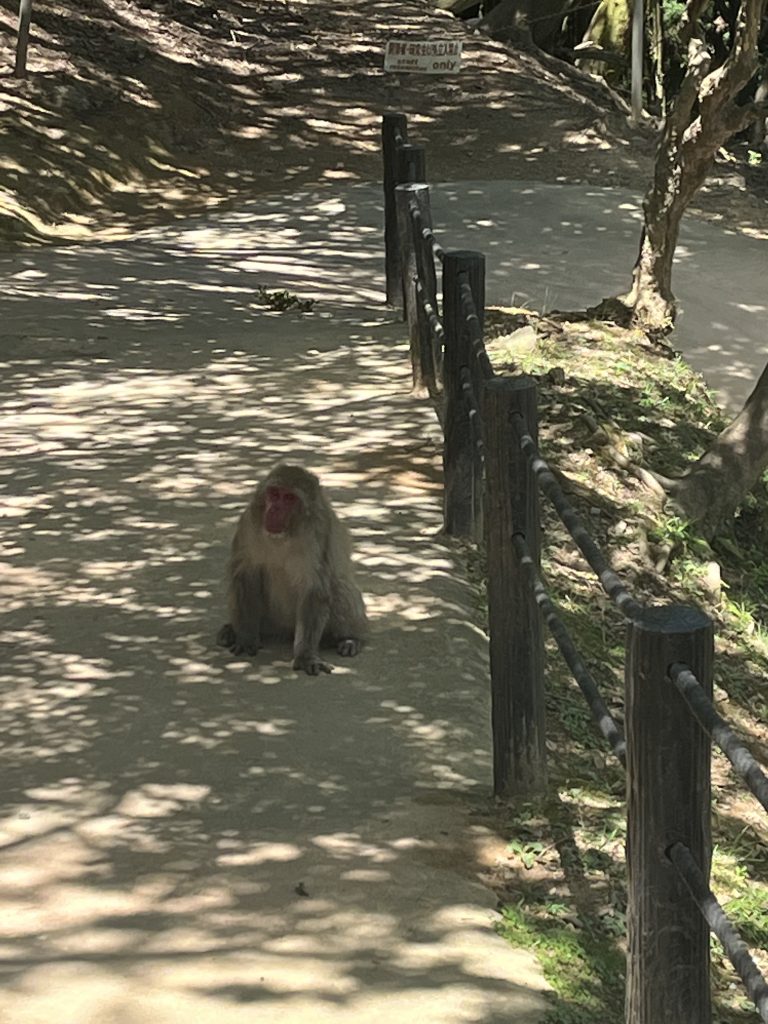
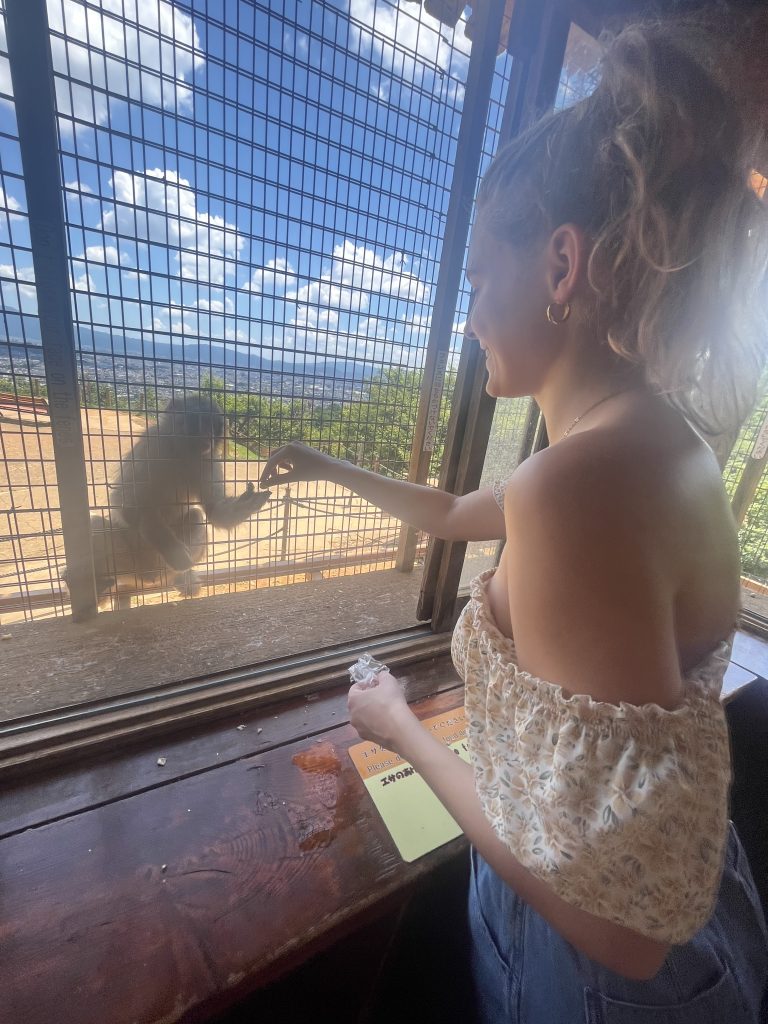
After a while, we hiked back down to the town and went to the Kimono forest. The Kimono Forest is an art installation with 600 pillars adorned with kimono textiles.
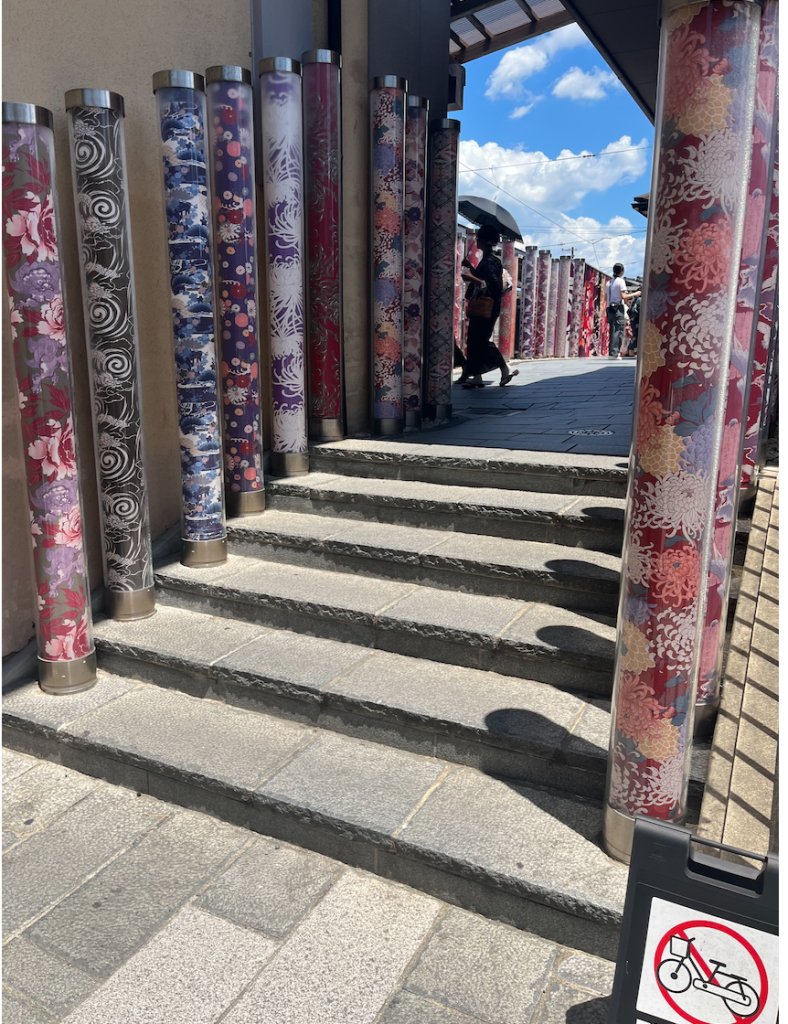
Then, we walked over to Tenryu-ji. This is a Buddhist temple made in 1339! It is a registered UNESCO World Heritage Site and has an expansive zen garden and palace. It was gorgeous to just sit and take in the gorgeous nature surrounding us.
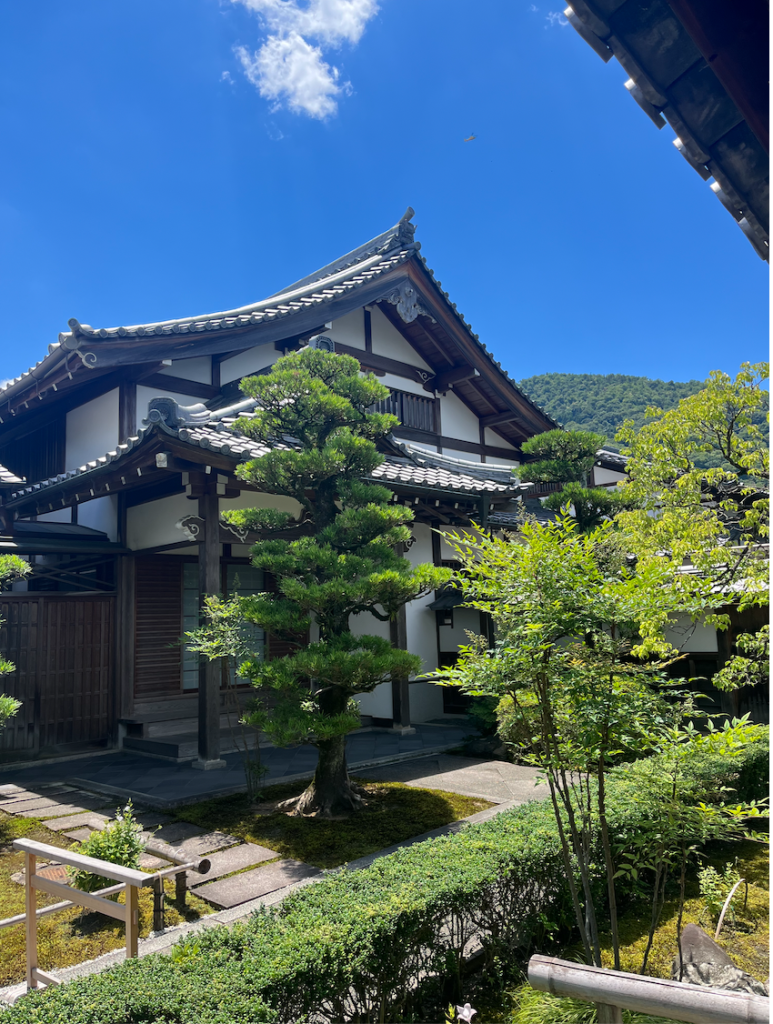
Next, we walked through more of the Arashiyama bamboo forest and saw some shrines. We even stopped and got banana juice from a stand and it was delicious!
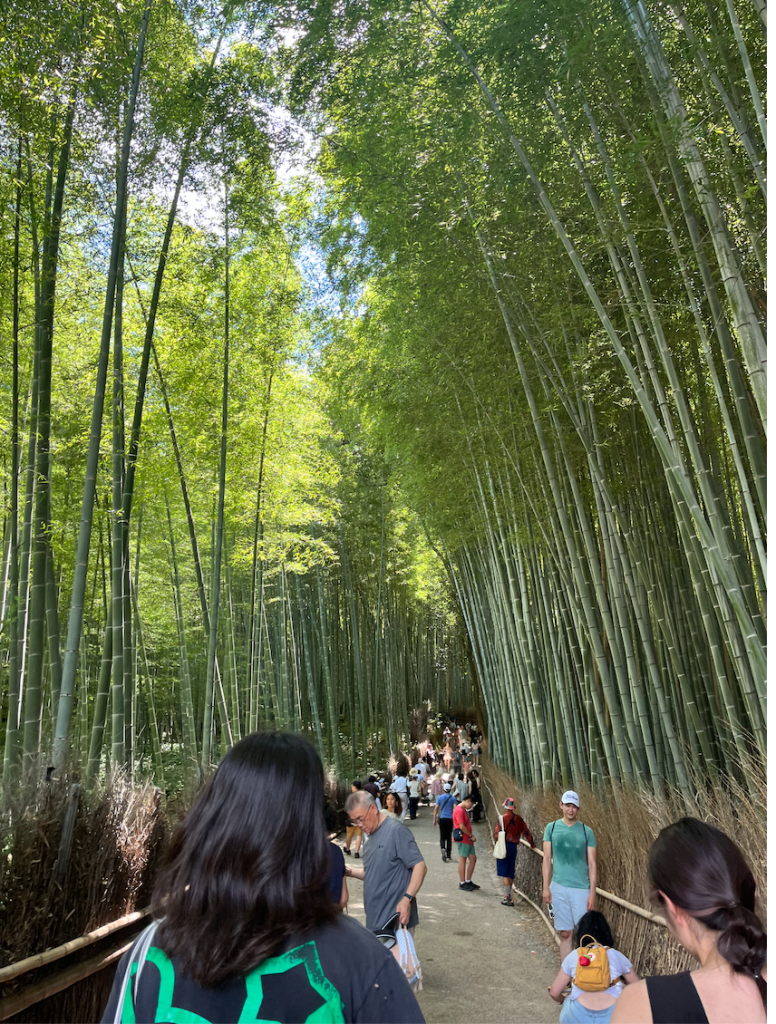
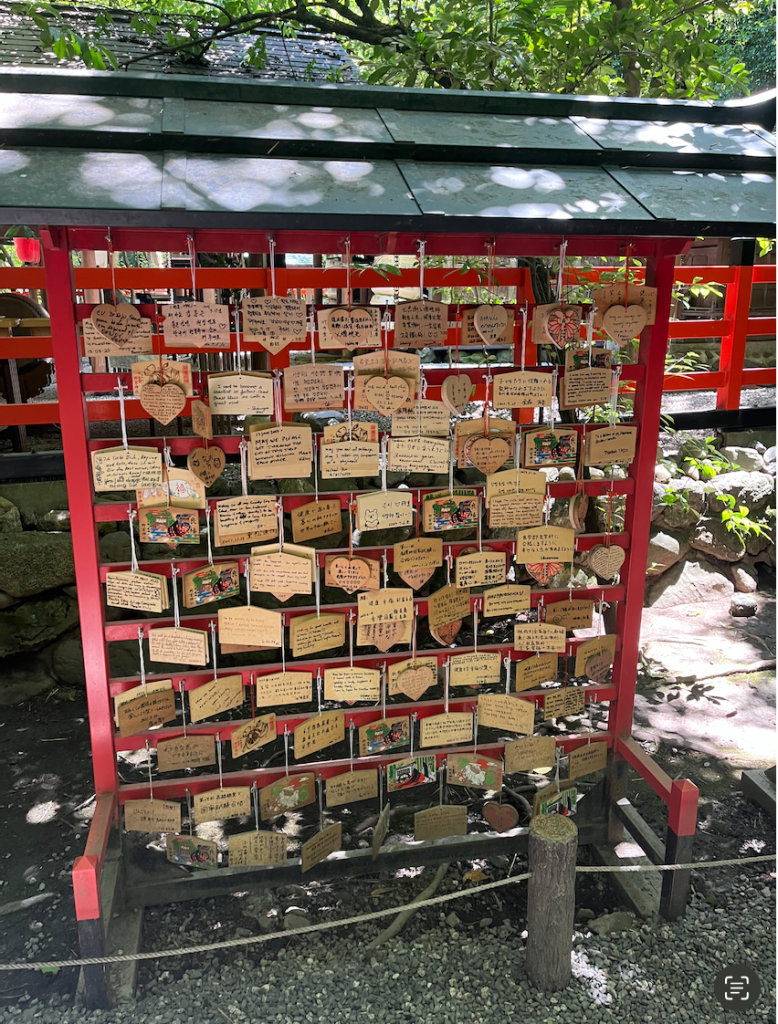
Then, we continued to walk around Kyoto, until we were ready to head back to Tokyo!
Tuesday (7/18), we woke up early and headed to the airport to fly back to Manila. Nothing too eventful happened, just a full day of traveling!
Wednesday (7/19), we went back to the hospital and headed to the ER. Surprisingly there wasn’t much going on. A couple patients came in to get another round of their rabies shots. Animal bites are a big problem in the Philippines due to all the stray animals. And, to fight off rabies it takes multiple rounds of shots, so patients have to come in every couple of weeks to get their next dose. We had a couple workers come in from an accident that happened on a job site, but no major injuries.
Thursday (7/20), we were still in the ER and saw a lot of similar types of patients we saw on Wednesday. I got to try to insert an IV in an older patient, but I wasn’t able to get a patent line.
Friday (7/21), the hospital was having a covid vaccine clinic so Sam and I got to give vaccines. I’ve had the opportunity in the States to work at several vaccine clinics, but it’s always good practice for giving IM injections.
Saturday, and Sunday (7/22-7/23), I think I was still pretty tired from traveling and being on the go. So, I took this weekend to just sleep, lounge around, and not really do anything. Which was a very nice change of pace.
My last week here starts tomorrow!!
Thank you, talk to you next week!

